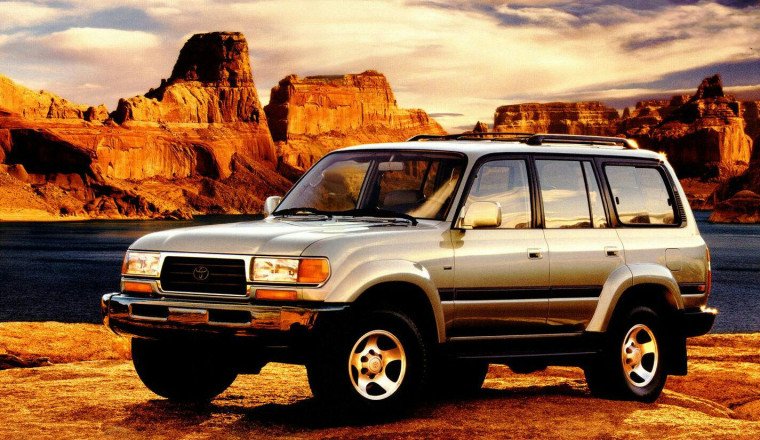
At the risk of sounding like a Luddite, I’ve got a special place in my heart for something that flat out works, and will continue to do so until the heat death of the universe. I know I’m not alone in that, and that many of our readers feel the same way—hence our propensity to rebuild, repair, and generally keep running the cars and trucks that layman consumers would have long ago cast aside in favor of the new and shiny.
Anvil-like reliability is something we maybe don’t celebrate enough in this hobby. When we talk about cars synonymous with that trait, it is impossible (or at least irresponsible) to drum up a top-ten list that does not include the Toyota Land Cruiser in some form. Perhaps no vehicle better exemplifies being engineered to a standard, not a cost, than the Land Cruiser.
Among the millions of Land Cruisers worldwide, from the early FJ40s to the high-tech, hybrid J250s and J300s of the current day, there is a compelling argument to be made that the 80 Series may well be the pinnacle of the Land Cruiser.
If recent activity in the collector market is any indication, that argument may already be over; The 80 Series is red hot, and it doesn’t look like values will return to earth anytime soon.
First introduced at the 1989 Tokyo Motor Show, the 80 Series marked a notably different direction for the Land Cruiser than any before it. The rounded styling was thoroughly of the times, and much different than the linear sheetmetal on its predecessor, the 60 Series. It was as if Toyota’s designers were finally granted a seat at the product planning table, instead of being consulted after the fact to drape a body atop the famously overbuilt drivetrain and mechanicals. (In fact, the Toyota designers did style the 60 Series first, but the 80 Series felt like the company took the blinders off a bit.)
But to say that style trumped function would be a lie. The FJ80 blended a handful of “lasts” with a few “firsts” to create a greatest hits album—that could, of course, be played until the sun swallowed Earth whole. Key among the lasts: This was the final generation of light-duty Land Cruiser to utilize solid front axles at both ends, and the final Cruiser to employ a silky inline-six beneath the long hood. (More on this in a bit.) The firsts are equally as impressive: The FJ80 finally got coil springs in place of leaf springs, it featured disc brakes at all four corners, and at least in the North American market units, it boasted a full-time four-wheel drive system with available locking center, front, and rear differentials.
Brief pause here. Completely understanding the 80-Series Land Cruiser requires you to be familiar with the family tree of the Cruisers that came before it—and that’s no small task. Rather than type roughly 1800 words to summarize just how revered the Land Cruiser brand was by the time that the 80 Series bowed, we’ll let Jason Cammisa lay out the history of this nameplate, with a bunch of neat off-road footage to accompany it, in this video here. (The important bit runs from 1:30 to around the 14-minute mark.)
Back to it. By the time the 80 Series made landfall in North America in the Spring of 1990, as a 1991 model year, Toyota fully understood the necessary balance between capability and comfort that would entice American buyers to plunk down the equivalent of nearly $52,000 in today’s dollars. Contemporary first tests of the 80 Series noted that press kits now used the phrasing “upscale explorer” and laid out comparative data against Range Rovers.
For the first few years of the production cycle, the 80 Series utilized a mostly carryover straight-six engine, dubbed the 3FE. The 3FE was a four-liter, fuel-injected engine whose iron block and gear-driven, single-overhead cam design made it famous for being incredibly durable. Toyota engineers loosely based the design of the engine around Chevrolet’s famous 236 cu-in “Stovebolt” six, another engine known for being tough as nails over the long haul.
In 1993, Toyota engineers replaced the aging 3FE with a new, dual-overhead cam, 24-valve straight-six called the 1FZ-FE. The 1FZ-FE bumped displacement to 4.5 liters, nudging horsepower up to 212 (from 155 in the 3FE) and torque up to 275 lb-ft (from 220 lb-ft). The “E” at the end of the name denoted electronic fuel injection; there was also a carbureted version called the 1FZ-F, but all North American models were fuel-injected.
(Bit of Land Cruiser trivia here: When you hear someone refer to their 80 Series as an “FJ80,” technically, that should mean they’re referring to a 1991 or 1992 model year, with the older 3FE engine. If they call it an “FZJ80,” They’re referring to a 1993–97 model, which utilized the upgraded 1FZ-FE engine.)
Aside from the two engines under the hood, there aren’t a ton of other options that 80-Series Land Cruisers were known for. Front and rear axle lockers were an option starting in 1993, and in 1995, designers changed the T O Y O T A grille insert over to the modern ovoid Toyota logo.
Two special editions were offered in 1997: the “Collector’s Edition” and the “40th Anniversary Limited Edition.” The former featured special badging, embroidered floor mats, automatic climate control, gray side moldings, and wheels with dark gray accents. You could get the Collector’s Edition in most of the paint colors offered at the time.
The latter, meanwhile, came in just two colors: Antique Sage Pearl and Emerald Green. These 40th Anniversary models got special apron badges, serial number badges on the center console, embroidered floor mats, and automatic climate control. Many of them were optioned with the front and rear lockers in addition to the standard center locker, making them quite desirable. (Toyota wouldn’t offer a triple-locked Land Cruiser again until 2025, and this go around it’s called the Lexus LX 700H Overtrail.)
Speaking of Lexus, the 80 Series also marked the Lexus brand’s first foray into the SUV space, with the LX 450. It debuted in the U.S. in early 1996 and offered softer suspension and a ritzier interior, though not by much. Options were limited to a console-mounted six-disc CD changer, locking front and rear differentials, and a power moonroof.
The 80 Series’ reign wasn’t all that long in North America, spanning from the 1991 model year through the 1997 model year, though U.S. sales figures totaled an impressive 80,861. In other countries, however, you could buy an 80 Series until as recently as 2007. The ensuing generations of Land Cruiser would ditch the double solid axles and the straight six, generally taking the formula in a different direction.
The resulting confluence of factors—Last of, (arguably) best of, prominent segment, etc.—tends to lend itself towards heightened collector interest. We put the 80-Series Land Cruiser on our 2021 Bull Market List for precisely this reason, expecting that interest in the model would continue to gain ground as trucks and SUVs (but also RADwood era and Japanese vehicles in general) began to play a more prominent role in the hobby. When our valuation analysts dug into the data for this story to see how things had progressed since then, we realized we might have undersold this thing’s trajectory.
Since we placed the 80 Series on the Bull Market List in 2021, average values for #2 (excellent) condition examples are up 86%. Eighty-six. Gold-standard examples, which we call #1 (concours, or best in the world) condition? In just four years, those average values are up 160%. Even the everyman, #3 (good) condition models are up 52%.
Predictably, the upturn in average values has also precipitated some impressive results on the auction block. “In the past few years, we’ve seen several [80 Series] sell for well above $100K, with the record sale at $177,500 for a 4700-mile 1997 example,” noted analyst Adam Wilcox.
As for who’s buying and insuring these Land Cruisers, the 80 Series once again has a lot going in its favor here. Based on Hagerty’s insurance data, the majority of 80 Series owners hail from Generation X, but in the last five years, the fastest growing demo for this trail titan is—you guessed it—Millennials. “In 2020, 50% of owners were Gen-X, with Boomers trailing at 32%, while Millennials accounted for just 16%,” noted Wilcox. “Since then, Millennials have outbought all other generations. Now, Gen-X is still the largest ownership group with 48%, but Millennials have surpassed Boomers (29% vs. 22%).”
Within the 80 Series hierarchy, desirability generally goes something like this: The first thing that boosts appeal is the larger, more modern 1FZ-FE engine from the 1993–97 models. It’s a much better-suited engine to the package, while still retaining the classic Cruiser feel. Between the 1992 FJ80 and the 1993 FZJ80 alone, there’s a 35-percent ($13K) difference in condition #2 value due to the engine alone. After the engine, the only other notable value-add is if you’re dealing with one that had the optional front and rear locking differentials, which most folks will just say is a “triple-locked” 80 Series. Find one of those, and on average, you’re looking at roughly $2K in added value.
Remember that legendary reliability we mentioned earlier? The 80 Series is one of a few enthusiast vehicles that’s showing itself to be somewhat immune to odometer readings, as a whole. In some cases, high mileage can even increase the value, as we covered here.
Cruise your local Facebook Marketplace listings and you may stumble across an 80 Series whose seller is asking a reasonable sum, but dollar to donuts says that the listed mileage starts with a two, at least. What’s more, despite rising values, the inherent durability of these workhorses still makes them prime candidates for overlanding rigs, so the pool of unmodified examples is already small.
Relative scarcity. Sterling reputation. Desirable blend of old and new tech. Nameplate beloved the world over. Staying power with the generation that’s transitioning to kingpin buyer. Those are the sort of ingredients that the Land Cruiser 80 Series stirs together, and the outcome, at least as far as the collector market is concerned, is one helluva rocket fuel blend.
Houston, we do indeed have liftoff.








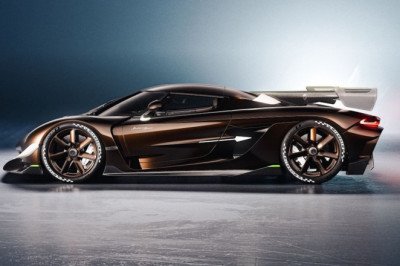
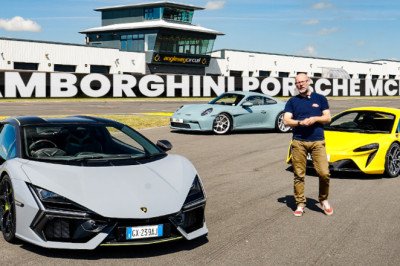
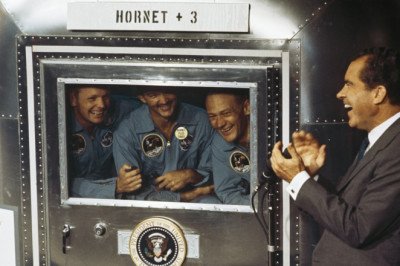
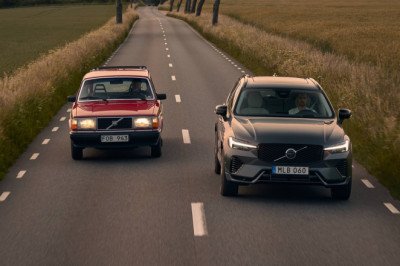
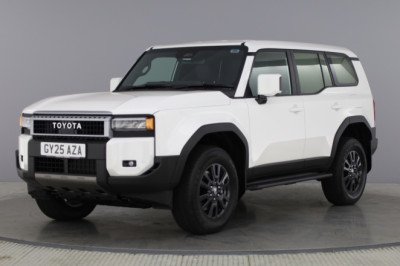
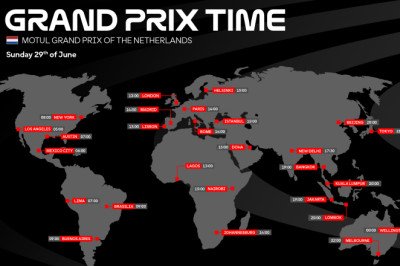
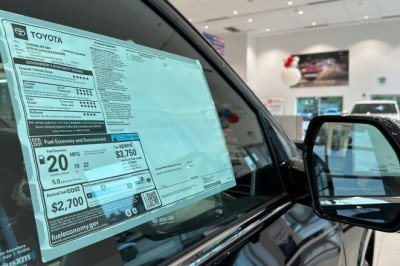
Facebook Conversations